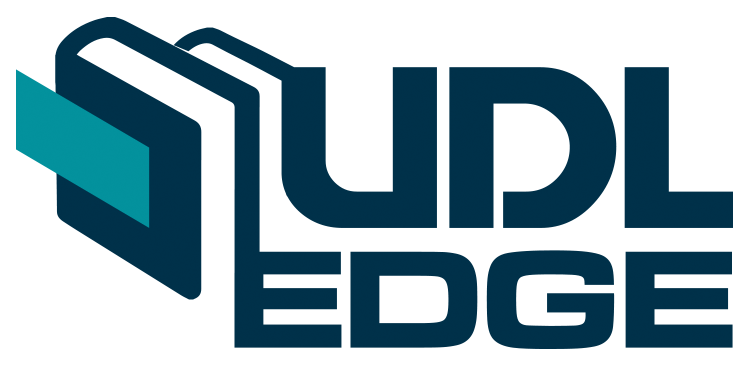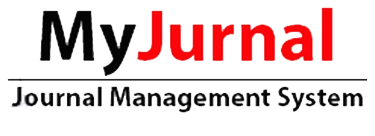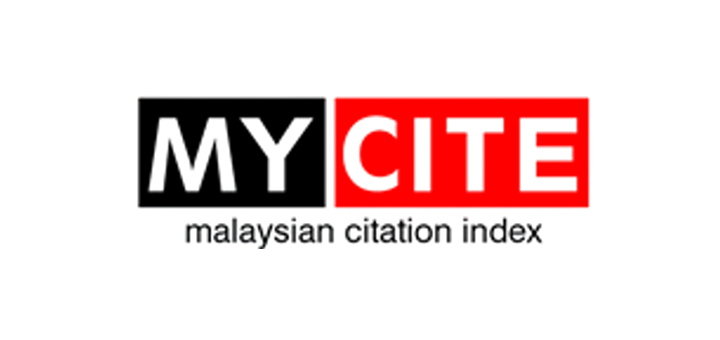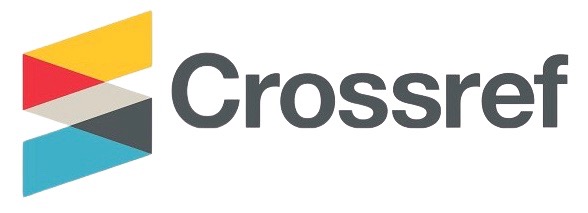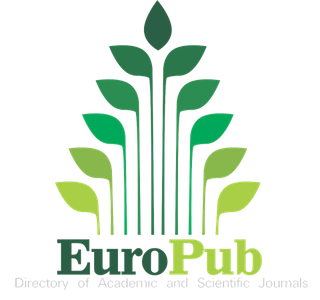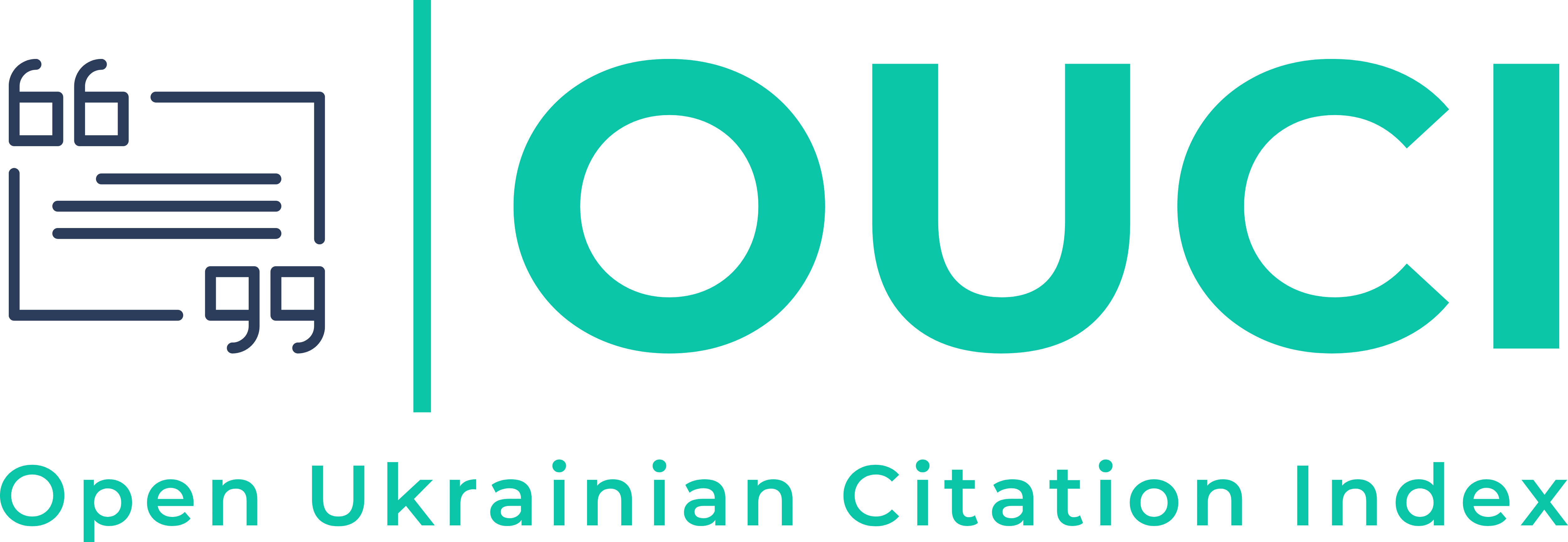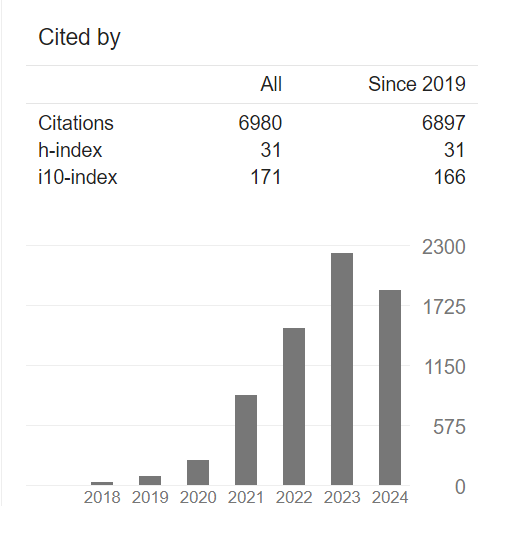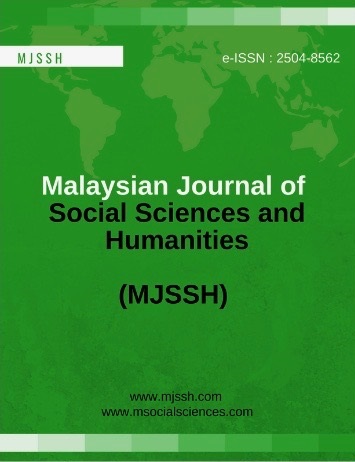Women and Girls Trafficking from Indigenous Communities in Bangladesh: A Critical Review on Legal Perspectives
Abstract
Human trafficking, often referred to as modern-day slavery, involves the exploitation of individuals for various criminal purposes, such as forced labor, debt bondage, and commercial sexual exploitation. Women and girls, particularly from diverse backgrounds, are the primary victims of this crime. This research focuses on the trafficking of women and girls from indigenous communities in Bangladesh, examining the underlying factors contributing to their victimization. The study aims to raise awareness among scholars, policymakers, law enforcement agencies, and the general public about the issue of trafficking within these communities. It also seeks to encourage the effective enforcement of anti-trafficking laws to better protect women and girls from ethnic minorities. The paper offers several recommendations to tackle this pressing issue. The findings suggest that indigenous women and girls are trafficked for various reasons, which must be addressed through comprehensive measures. This research adopts a doctrinal approach and employs qualitative methods, consulting both primary and secondary sources to achieve its objectives.
Downloads
References
ADRA. (2019, September 24). Human trafficking in Bangladesh. ADRA Bangladesh. https://www.adrabangladesh.org/single-post/2019/09/24/human-trafficking-in-bangladesh
Amin Md Ruhul, & Md Rashidul Islam Sheikh. (2011). Trafficking women and children in Bangladesh: A silent tsunami of Bangladesh. Journal of Economics and Sustainable Development, 2(4), 202–211.
Andersen, J. (2018). The indigenous world 2018. International Work Group for Indigenous Affairs.
Asia Indigenous Peoples’s Pact. (2012, April 17). Bangladesh: Local Government Ministry launches “v4 adivasi” campaign. https://aippnet.org/bangladesh-local-government-ministry-launches-qno-adivasiq-campaign-campaign/
Bala, S. (2022). Politics of peace agreement implementation: A case study of the Chittagong Hill Tracts (CHT) in Bangladesh. Springer Nature.
Bangladesh Bureau of Statistics. (2011). Population and housing census 2011. Government of the People's Republic of Bangladesh. Cited in IWGIA (2019, April 24). Indigenous world 2019: Bangladesh. https://www.iwgia.org/en/bangladesh/3446-iw2019-bangladesh.html
Barkat, A. (2016). Political economy of unpeopling of indigenous peoples: The case of Bangladesh. Muktobuddhi Prokasana.
Biswas, A. (2015). Human trafficking scenario in Bangladesh: Some concerns. International Journal of Humanities & Social Science Studies, 1(4), 85–90.
Bruce, J. (2011). Violence against adolescent girls: A fundamental challenge to meaningful equality. Population Council. Retrieved from https://knowledgecommons.popcouncil.org/cgi/viewcontent.cgi?article=1787&context=departments_sbsr-pgy
Chakma, B., & Soren, M. (2014). Breaking the silence: Situation of Indigenous children in Bangladesh. Survival under Threat, 119.
Childline India Foundation (CIF). (2021). Vulnerable children—Child trafficking India. https://www.childlineindia.org/a/issues/child-trafficking
Chowdhury, R. (2014, August 21). ‘Adivasi’ denialism in Bangladesh. Dhaka Tribune. https://archive.dhakatribune.com/juris/2014/aug/21/%E2%80%98adivasi%E2%80%99-denialism-bangladesh
Costello, C., Foster, M., & McAdam, J. (Eds.). (2021). The Oxford handbook of international refugee law. Oxford University Press.
Cultural Survival. (2017, March). International Covenant on Civil and Political Rights alternative report submission: Violations of Indigenous Peoples’ rights in Bangladesh (Prepared for 119th Session, Geneva, 6–29 March 2017) (pp. 2–3). https://www.ecoi.net/en/file/local/1398884/1930_1493294860_int-ccpr-css-bgd-26640-e.doc
Dhamai, B. M. (2014). An overview of indigenous peoples in Bangladesh. In Survival under threat: Human rights situation of indigenous peoples in Bangladesh (pp. 10–26). Kapaeeng Foundation & Asia Indigenous Peoples Pact (AIPP).
Dutta, M. (2021). Links between disaster and human trafficking. In Disaster and human trafficking (pp. 33–62). Springer, Singapore.
Ferdous, R. (2011). A qualitative study on quota policy for indigenous and tribal peoples in government services of Bangladesh. Report submitted to ILO Office in Bangladesh by Robaet Ferdous and Sheikh Shafiul Islam.
Fernández, J. (2007, November). Discriminación en el empleo y la ocupación de las mujeres indígenas en América Latina [Informe de consultoría]. Organización Internacional del Trabajo. https://www.ilo.org/wcmsp5/groups/public/---americas/---ro-lima/---sro-lima/documents/publication/wcms_106b09.pdf
Gazi, R., Chowdhury, Z. H., Alam, S. M., Chowdhury, E., Ahmed, F., & Begum, S. (2001). Trafficking of women and children in Bangladesh: An overview. Centre for Health and Population Research. https://www.researchgate.net/publication/345008182_Trafficking_of_women_and_children_in_Bangladesh_An_Overview
Halim, S. (2007, July 9). Case study on gender-related challenges among the indigenous peoples in Bangladesh in gender mainstreaming in the ILO's promotion of rights and poverty reduction on indigenous and tribal peoples with special reference to provisions of C111 (p. 9). International Labour Organization. https://www.ilo.org/wcmsp5/groups/public/---ed_norm/---normes/documents/publication/wcms_114036.pdf
Halim, S. (2015). Land loss and implications on the plain land Adivasis. In Shanghati, Bangladesh Indigenous Peoples Forum (pp. 72–89).
Hoque, N. M. (2010). Female child trafficking from Bangladesh: A new form of slavery. Canadian Social Science, 6(1), 45–58.
Human Rights Committee. (2015, June 19). State report of Bangladesh. United Nations Committee on Civil and Political Rights. http://documents-dds-ny.un.org/doc/UNDOC/GEN/G15/198/21/PDF/G1519821.pdf?OpenElement
Human Rights Watch. (2004). Children as weapons of war in Human Rights Watch World Report 2004. https://www.hrw.org/legacy/wr2k4/download/wr2k4.pdf
India Spend. (2016, April 23). West Bengal epicentre of India's boom in sexual slavery. India Spend. https://www.indiaspend.com/west-bengal-epicentre-of-indias-boom-in-sexual-slavery-43863-2
Islam, M. T., & Mia, M. D. (2021). The right to nationality & repatriation under international law: A study of Biharis in Bangladesh. Journal of Indonesian Legal Studies, 6, 251.
Islam, M., Islam, M. T., Mia, M. T., & Islam, M. Z. (2022). The application of international laws in Bangladesh: A critical evaluation. Unnes Law Journal: Jurnal Hukum Universitas Negeri Semarang, 8(1).
IWGIA. (2019, April 24). Indigenous world 2019: Bangladesh. IWGIA. Retrieved June 30, 2021, from https://www.iwgia.org/en/bangladesh/3446-iw2019-bangladesh.html
Jalil, M. A., & Mia, M. T. (2021). The role of Padma Multipurpose Bridge in the national sustainable development in Bangladesh. Journal of Asian and African Social Science and Humanities, 7(1), 38–53.
Kabir, K. (2021, September 22). Inclusion of indigenous peoples in sustainable development and realisation of rights. The Daily Star. https://www.thedailystar.net/round-tables/news/inclusion-indigenous-peoples-sustainable-development-and-realisation-rights-2181031
Kapaeeng Foundation, Bangladesh Indigenous Peoples Network (BIEN), & International Work Group for Indigenous Affairs (IWGIA). (2016, October 1). State of indigenous women and girls in Bangladesh: Issues and concerns at a glance. https://www.iwgia.org/images/publications/0753_Briefing_Paper_State_of_indigenous_omen_and_girls_in_Bangladesh_October_2016.pdf
Kibria, A. (2022). Understanding the social exclusion process of the Garo Indigenous community of Bangladesh [Master’s thesis, University of Dhaka]. Dhaka University Repository.https://repository.library.du.ac.bd/handle/123456789/xxxx
Lawyers for Human Rights and Legal Aid. (1993). The flesh trade: The trafficking of women and children in Pakistan. Karachi, Pakistan: Lawyers for Human Rights and Legal Aid.
Mia, M. T., Islam, M. Z., Billah, M., Islam, M. A., & Norullah, M. (2022). An analysis of regulatory framework of child protection in Bangladesh. Journal of Asian and African Social Science and Humanities, 8(1), 44–58.
Mondol, Dr. S. (2015, March 8). Recognition of indigenous people. The Daily Star. https://www.thedailystar.net/recognition-of-indigenous-people-38812
Murmu, K. S. (2019, August 9). State of our indigenous languages. The Daily Star. https://www.thedailystar.net/opinion/news/state-our-indigenous-languages-1783657
O'Day, C. (2018, March 6). Indigenous people: Human trafficking’s overlooked casualties. Interaction. https://www.interaction.org/blog/indigenous-people-human-traffickings-overlooked-casualties/
Office to Monitor and Combat Trafficking in Persons. (2017). Trafficking in persons report 2017: India. U.S. Department of State. https://web.archive.org/web/20170703181306/https://www.state.gov/j/tip/rls/tiprpt/countries/2017/271205.htm
Pan-American Health Organization. (2010). Empowerment of adolescent girls: A key process for achieving the Millennium Development Goals. https://www.paho.org/en/node/57764
PRSP-II. (2008). Poverty Reduction Strategy Paper II. Bangladesh Planning Commission.
Rabby, M. F. (2015). Trafficking of Bangladeshi women and children: Victimization of rights and dreams. Foreign Affairs Insights & Reviews, 3(1–2).
Rahman, M. (2004). Human trafficking: Children and women are the worst victims: Bangladesh must act fast to stop the scourge. News Network. https://cir.nii.ac.jp/crid/1130000797836259072
Roy, R. D. (2009). The ILO convention on indigenous and tribal populations, 1957 (no. 107) and the laws of Bangladesh: A comparative review. Dhaka: International Labor Organization.
Roy, R. D. (2012). Country technical notes on indigenous peoples’ issues: People’s Republic of Bangladesh. IFAD Country Report.
Salve, P. (2016, August 6). Six counts on which the draft anti-trafficking bill falls short. IndiaSpend. https://scroll.in/article/813268/six-counts-on-which-the-draft-anti-trafficking-bill-fails-short
Samaddar, R. (2020). The postcolonial age of migration. Routledge India.
Saqi, A. B. (2019). Revisiting the rights of the Adivasis in Bangladesh: A critical analysis. McGill University.
Sarkar, S. (2014). Rethinking human trafficking in India: Nature, extent, and identification of survivors. The Round Table, 103(5), 483-495. https://doi.org/10.1080/00358533.2014.970823
Sentinel Digital Desk. (2020, August 23). 915 women caught crossing India-Bangladesh border in 2020. The Sentinel. https://www.sentinelassam.com/national-news/915-women-caught-crossing-india-bangladesh-border-in-2020-496831
Sharmeen, S., Mahmud, S. A., & Hasan, M. T. (2020, August 8). OP-ED: How indigenous communities have been pushed to the margins. The Dhaka Tribune. https://www.dhakatribune.com/opinion/op-ed/2020/08/08/op-ed-how-indigenous-communities-have-been-pushed-to-the-margins
Siddiqua, R., Nahar, H. L., & Akond, M. (2015). Siddiqua, R., Nahar, H. L., & Akond, M. (2021). Women and child victimization in contemporary Bangladesh: A critical feminist perspective. Asian Journal of Multidisciplinary Research & Review, 2(4), 400–415. https://doi.org/10.5281/zenodo.7740641
Singh, R. (2020, August 22). 915 women caught crossing India-Bangladesh border in 2020. Dailyhunt. https://m.dailyhunt.in/news/nepal/english/prameya+english-epaper-prameng/915+women+caught+crossing+india+bangladesh+border+in+2020-newsid-n208596144
Tripura, J. (2019, December 2). CHT Accord: 22 years of promises not kept. The Daily Star. https://www.thedailystar.net/opinion/human-rights/news/cht-accord-22-years-promises-not-kept-1834357
U.S. Department of State. (2020, June). 2020 Trafficking in Persons Report: Bangladesh. U.S. Department of State. https://www.state.gov/reports/2020-trafficking-in-persons-report/bangladesh/
Uddin, M. B. (2017). Revisiting gender-sensitive human security issues and human trafficking in South Asia: The cases of India and Bangladesh. In Crime, criminal justice, and the evolving science of criminology in South Asia (pp. 219-245). Palgrave Macmillan.
UNICEF. (2021). Children recruited by armed forces. https://www.unicef.org/protection/children-recruited-by-armed-forces
United Nations Children’s Fund. (2011). State of the world’s children 2011: Adolescence an age of opportunity. https://data.unicef.org/resources/the-state-of-the-worlds-children-2011-adolescents-an-age-of-opportunity/
United Nations. (2009). State of the world’s indigenous peoples (pp. 170-171).
United Press International. (2000, October 6). Human trafficking rampant in Bangladesh. United Press International. https://www.upi.com/Archives/2000/10/06/Human-trafficking-rampant-in-Bangladesh/4722970804800/
Winterdyk, J. (2020). Explaining human trafficking: Modern day-slavery. In J. Winterdyk & J. Jones (Eds.), The Palgrave international handbook of human trafficking (pp. 1257–1274). Palgrave Macmillan.https://doi.org/10.1007/978-3-319-63058-8_68


